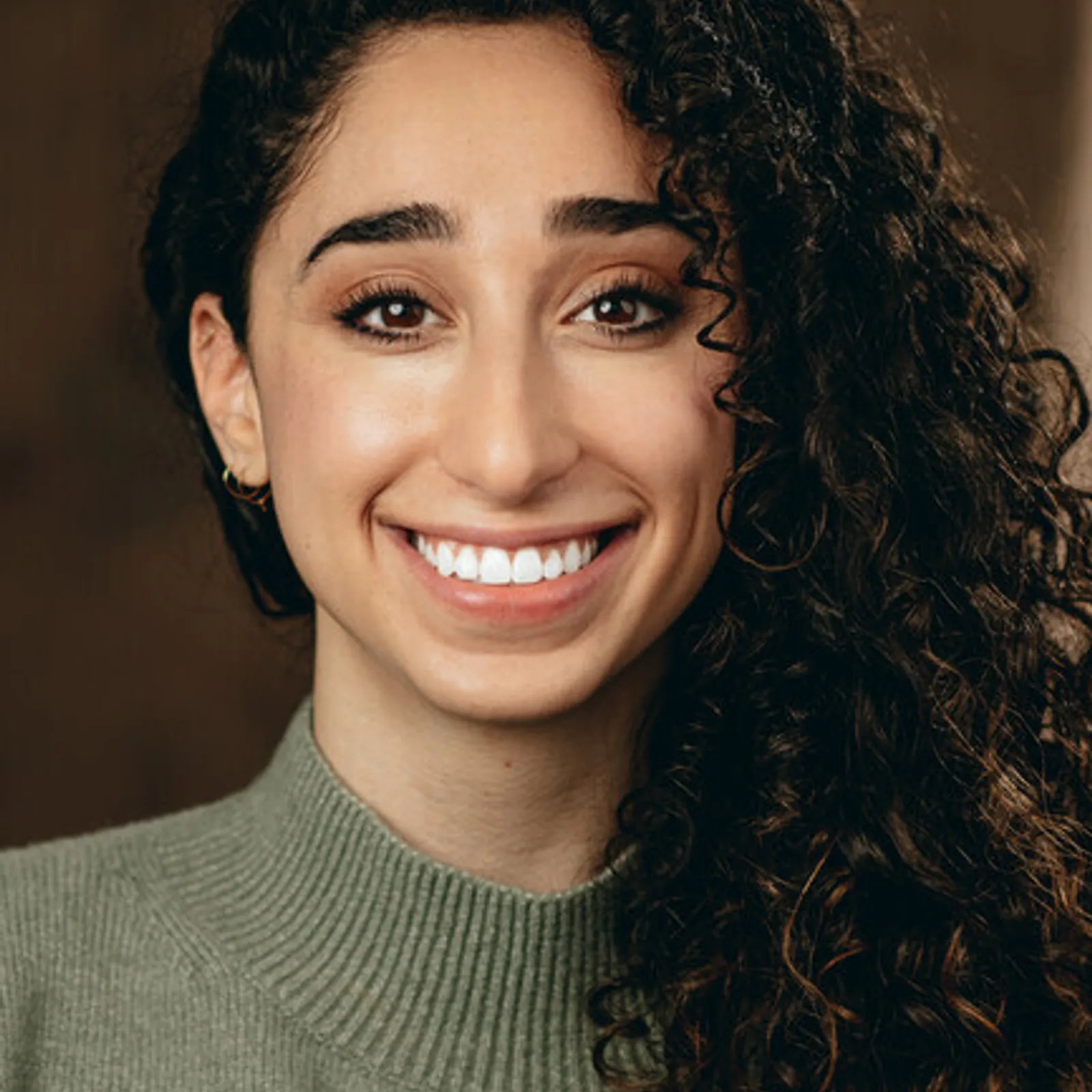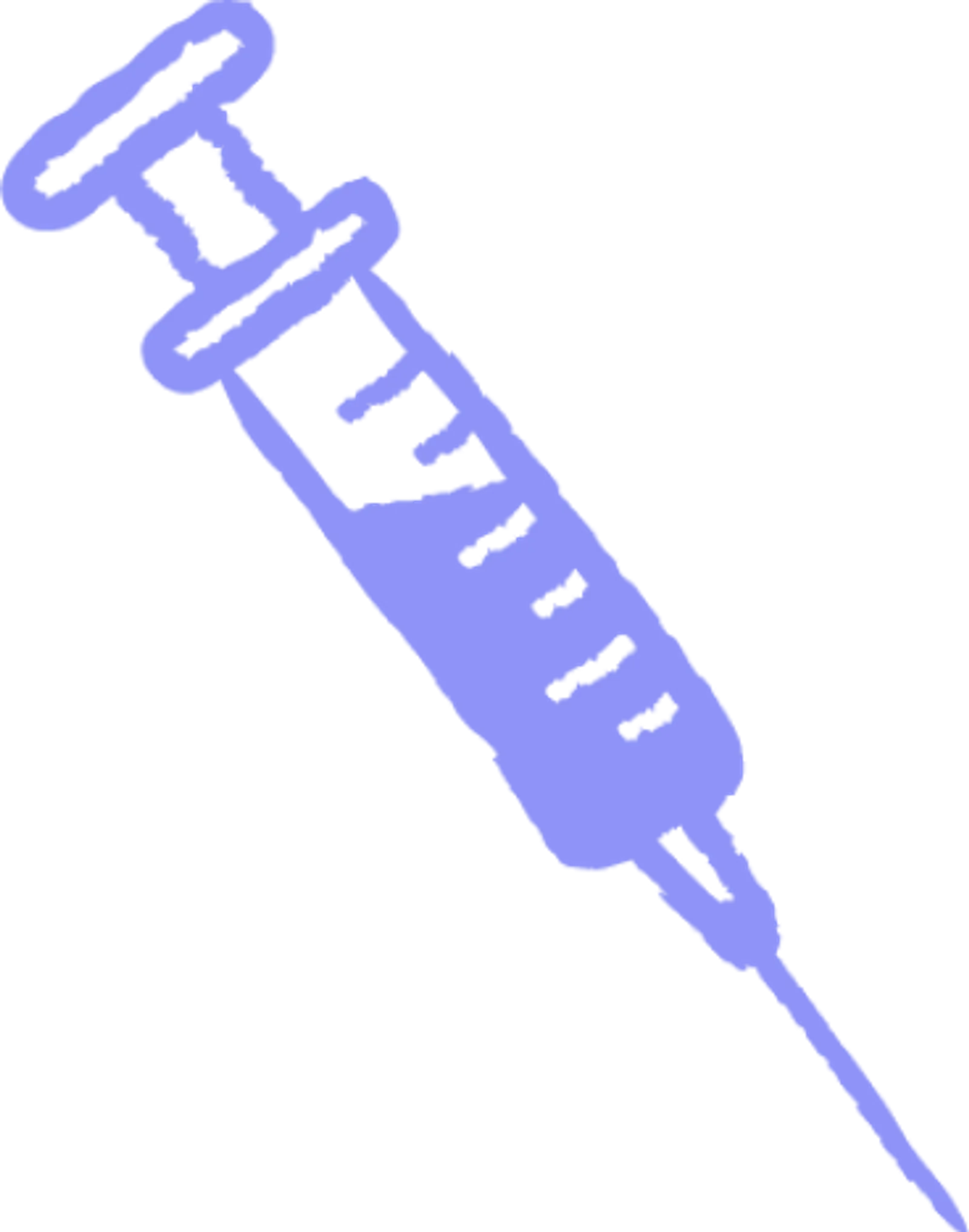Plasma 101
Who: Eligible donors between 18 and 63 can earn up to $560 a month in NY and up to $770 a month in FL.
What: Plasma is the yellow part of your blood that replenishes naturally.
Where: Queens, Brooklyn, The Bronx (NY), and Ft. Pierce (FL).
Why: Get paid to donate and help treat bleeding disorders, immune deficiencies, and more.
When: No appointment needed—walk in anytime before closing.
How Does Donating Plasma Work?

How Does Donating Plasma Work?
Plasma donation involves drawing your whole blood from a vein in your arm and then using a machine to filter the plasma from the red blood cells, platelets, and other components. These components are then returned to your body along with some normal saline solution. The ‘whole blood’ is the blood as a complete fluid e.g., what comes out when you cut yourself.
At Olgam Life, we focus on plasma-only blood donations. Let’s look at the plasma donation process and why plasma donations are so important.
What is plasma only donation?
Did you know there are different types of blood donation you can give? Plasma isn’t the only part of your whole blood that can be used. Human blood is made up of four different components, and each of these can be collected. Different donation plasma centers offer different types of blood collection. Take a look at the different types of blood donation:
Whole Blood | Plasma | Red Cell | Platelets |
Your entire blood (plasma, red cells, white cells, and platelets) is collected. | Your whole blood is collected, and the plasma is extracted. The plasma is the liquid that carries nutrients and blood cells around the body. | Red cells are extracted from your whole blood. Red blood cells help carry oxygen around the body. | Platelets are extracted from your whole blood. Platelets help with clotting and stop bleeding. |
Mainly used for major surgery patients and victims of trauma. | Mainly used for trauma situations and major bleeding injuries. | Mainly used for major blood loss, anemia, and emergency transfusions. | Mainly used by cancer patients for organ transplants and major surgery. |
Plasma makes up roughly 50% of your whole blood. Plasma contains water, salts, and proteins, but it’s also responsible for ensuring vital components (like red blood cells) in your blood can be transported around your body and reach the areas they need to. Plasma has some fundamental jobs in the body:
Delivering water, hormones, and nutrients to parts of the body.
Helping with the exchange of oxygen and carbon dioxide.
Supporting circulation and blood pressure.
Supporting body temperature regulation.
Transporting waste from parts of the body to the liver, lungs, and kidneys.
Helping blood clots to form.
Assisting with the prevention of infections.
Keeping blood vessels clear and open.
What is plasma used for?
Plasma isn’t used in the same way as whole blood. It’s very versatile and can be broken down into different protein products and made into pharmaceuticals. Plasma is used to help victims of severe trauma and heavy bleeding, such as burns victims. It is also used to help patients battling cancer, liver diseases, and clotting conditions.
Your plasma donation can help to replenish plasma in a patient’s own body. In doing this, plasma can assist with restoring the water, nutrients, and pH balance by increasing the volume of electrolytes in the whole blood. Blood pressure and volume can be restored, too.
Plasma also assists the function of creating blood clots. In people with liver and clotting deficiencies or cancers that affect the body’s ability to produce blood clotting, this means their blood can clot more easily and stop heavy bleeding.
The FDA doesn’t allow donors of whole blood to accept payment, but it’s not the case with plasma, which means we can pay our highly appreciated donors for their efforts and contributions to our cause.
What happens when you donate?
You’ll have a slightly different experience visiting a plasma bank than donating your whole blood. The process takes a little longer because your plasma will be extracted, and your blood minus the plasma is returned to your bloodstream.
A good plasma bank will start by ensuring each donor is healthy enough to donate and that their plasma is safe to collect and use. This is because some blood-borne diseases can be transmitted between a donor and recipient and could put the recipient at risk, especially if they are already immunocompromised. It’s also important to make sure the donor isn’t going to be unwell if they lose some of their plasma.
When collecting your plasma, you should be comfortable and relaxed. The process can take around 1.5 hours, so bring something with you to pass the time while the donation machine does its work. A good plasma donation center will ensure donors are safe and comfortable when donating plasma. Find out about how plasma donation centers differ.
Once your plasma is collected, it is immediately frozen and can be stored frozen for up to one year. This is called fresh frozen plasma (FFP). The FFP is then transported to hospitals and facilities where it can be used to help patients. Sometimes FFP is made into cryoprecipitate, a concentrated fluid, and a powerful clotting agent.
Find out more about where plasma goes when it’s donated.
The Donation Process at Olgam Life
Here’s what the donation process looks like from start to finish at Olgam Life.
We conduct a medical screening to make sure it’s safe for you to donate your plasma. We check for viruses and diseases like HIV, hepatitis, and malaria that could be transmitted to patients receiving donations if they are present. We also screen your blood for antibodies.
We take some important measurements like blood pressure, pulse, and temperature to check you’re healthy enough to have some blood collected.
We give you a questionnaire to fill in that allows us to take your details for safety and emergencies and to make future donations easier.
We escort you to the donation floor and sit you comfortably, where a nurse will connect you to one of our donation machines. This involves inserting a needle into a vein in your arm, which is connected to a tube that runs to the machine.
Your blood is collected by the machine over the course of approximately one hour.
The machine uses centrifugal force to separate your whole blood into different components, and the plasma component is siphoned off.
The remaining blood (blood cells, platelets, and other components) is put into a sterile saline carrier solution and returned back to your body via a vein.
You will be safely disconnected from the machine.
We provide you with a card with your donation funds on it that you can withdraw or spend immediately.
You can leave the donation center when you are ready.
When we extract plasma and return the blood, donors can give more plasma than if they donate the whole blood by approximately three-fold.
What’s the best way to prepare for a plasma donation?
Donating plasma is easy, but we recognize that our donors put a lot of effort into taking care of their bodies. There are some things donors can do to make sure they can donate as frequently as possible and that their donation experiences are comfortable. Here are some pointers for what to do and what not to do before donating plasma.
Stay hydrated, drink 6–8 cups of water the day before you plan to donate, and ensure you drink water on the day too.
Avoid drinking alcohol on the day before and the day of your donation.
Eat protein and iron-rich meals regularly and especially the day before your donation.
Avoid eating fat-rich foods the day before and the day of your donation.
Get a full night’s sleep before your donation.
Bring something to pass the time while you donate.
Wear comfy clothes with loose-fitting sleeves that can be rolled up.
Following these tips can also help to minimize any side effects of donating plasma.
Can you still donate plasma if you’ve had Covid-19? You can, but ensuring your body has cleared the virus completely, and you’ve developed antibodies is important. It’s a good idea to wait at least 28 days after a negative test.
How often can you donate?
How many times can someone donate plasma safely? Because of how we carry out plasma collection (by returning the blood to the body, minus the plasma afterward), we can accept donations more frequently than whole blood donations. You can donate plasma twice in a seven-day period as long as you leave a break of 24 hours before each donation.
Having easy access to a donation center near you makes it much easier to donate regularly. Find out how many plasma centers there are in the whole of the United States. Thankfully, Olgam Life has seven different plasma donation center locations. Find out which one is closest for you.
Who can donate plasma?
Unlike whole blood, plasma can be given to any patient, irrespective of their blood type. But there are some factors that mean you can’t donate plasma at all. Fundamentally, we deem people unfit to donate if they’re:
Under 18 years old.
Weigh less than 110 pounds (50kg).
You may also be refused if you do not pass our medical screening and checks due to factors like the following.
You test positive for some viruses like HIV and hepatitis (we will screen for these).
You’re pregnant.
You’ve had or have most any type of cancer.
You’ve had or have a heart condition.
Do you have any more questions about donating plasma? Read our FAQs for the answers. Donate plasma and save someone’s life. There are thousands of people waiting on vital human-based therapies to get a chance at a better quality of life. Talk to our team to find out more about how you can help and start donating.
















